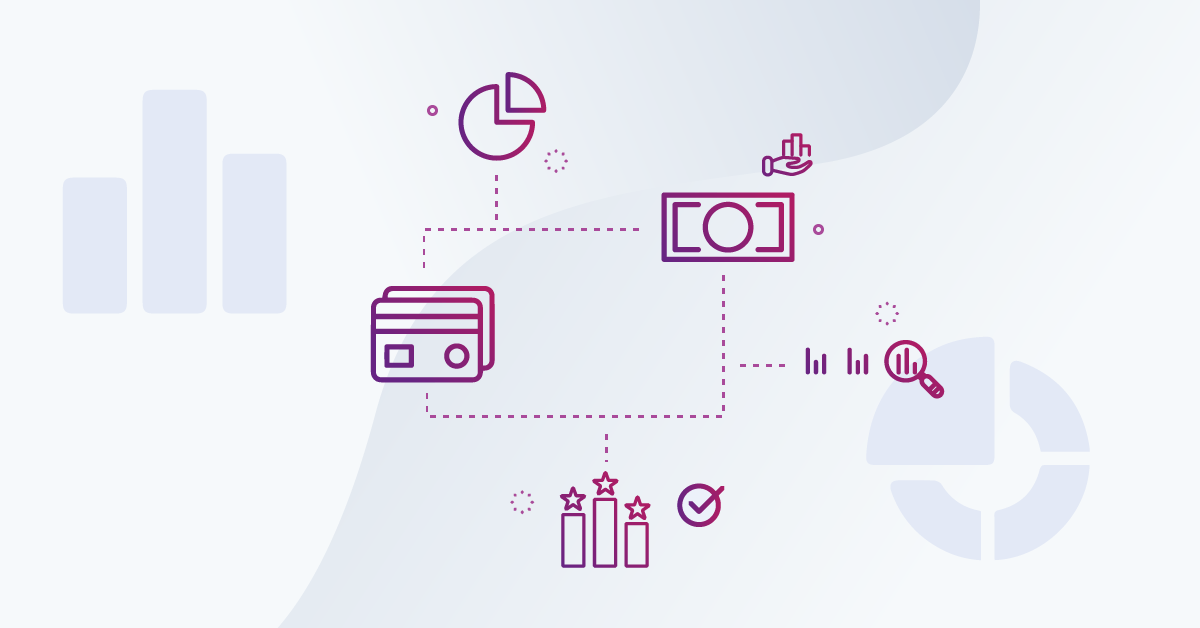Why banks of the future should be led by data

What does the bank of the future look like?
The answer to this question has evolved in recent months as COVID-19 has reshaped so many elements of our world. The very notion of the meaning of work, how we view and use our home space, what we value have all been challenged. The banking sector has not been exempted from this shift. It is right then that we accelerate the question of what a bank might be in the future.
Here’s how we see banking in a post-COVID-19 world and why we believe AI should be at the core of every bank’s strategy.
COVID-19 has changed everything
COVID-19 has demonstrated how, when required, banks can effectively implement massive change. In a matter of months, banks have changed beyond recognition. Most have relocated critical operations, enabled employees to work from home, changed their cultures, improved their approach to technology and created new products to help stabilise the economy.
This period of immense disruption has proven how banks can pull together and create collective digital transformation. And it’s fair to say that a post-COVID-19 world will be very different from a pre-COVID-19 world. Hence, many changes put in place in recent months are here to stay. And, as we are seeing daily, that the landscape is not a fixed one. That fluidity and adaptability of mindset and process, hard-earned during this period, will serve the bank well in the short and long term.
Fluidity and adaptability are key factors because banks cannot remain static or, even, reactive. Banks of the future will need to change and adapt further in order to remain relevant, competitive and trusted. From the front to the back office, all parts of banking will need to be reassessed, with lessons learned from this current time taken onboard and synthesised into meaningful action.
Data’s inexorable rise
One area of change is in data and analytics. In banking, the proliferation of data is increasing, as data can now be acquired from an ever-growing range of sources. Forward-thinking banks must capture as much of this as possible. If it gets wasted, learnings will be lost.
But capturing data is only the first part of the puzzle. More important is how a bank uses what it collects. This is why many believe machine learning (ML) and artificial intelligence (AI) will change the world in the 2020s more than the internet in the 2000s.
To get ahead, banks must accept this new paradigm and understand how AI can shape their future, with all employees and not only the Chief Data Officer (CDO), embracing its potential.
AI as an enabler
In short (and in highly simplified terms) AI should allow banking staff to push fewer buttons and help more customers. Banking staff will be able to adapt the way they work and enjoy a range of benefits. These include:
- Organisational Intelligence
AI can be trained to build an AI immune system that identifies and resolves risks, creating conditions in which banks can succeed and flourish. By being organisationally efficient, people can be freed to focus on their strengths.
- Real-time, all the time
AI brings every project, decision and activity back to strategic metrics, allowing users to view progress in real-time. This means every member of staff has a shared vision of progress and every decision is transparent, data-led and strategy-aligned.
- Limitless innovation
AI turns a static process into a human-machine collaboration which multiplies the output, enabling banks to demonstrate creativity and empathy to customers. This allows employees to focus on what truly matters – the customer.
If correctly implemented, banks will be able to do ‘science at scale’, with AI replacing processes with data as banks optimise the mundane and focus on the value add. It will also deploy data to the front line, empowering everyone throughout the bank to use it for their benefit.
Beyond the CDO
In recent times, the CDO took on the responsibility for a bank’s everyday approach to data. That’s changed, and AI and data analytics are no longer the sole responsibility of a bank’s CDO. In fact, if they are, it’s a sign that a bank isn’t getting enough from their data.
For example, a financial officer’s role can be enhanced by using data to inform their decisions making. Compliance can use data and AI for assessing risks, reducing the risk of Black Swan-type events. Marketing, too, should be using data to guide sales and marketing plans, using AI to power customer marketing and segmentation, driving conversion and retention rates.
Now is the time for banks to be looking to scale the way they’re integrating data and AI into their processes. This need has been heightened by COVID-19, as competition has increased and customers demand first-class digital services from all banks. AI can meet these demands.
Time to act
Even before COVID-19 hit, the banking industry was undergoing a period of change. As data exploded, so too did the many ways that banks were learning to service their customers by harnessing the power of data. Banks of the future will learn to do this better than competitors.
Here at Mudano, we believe in extracting every drop of value from clients’ existing data. This facilitates the development of new propositions and products, lowers risks and drives growth throughout an organisation. From the CDO down, all employees can now access and use data to improve retention, acquisition and profit.
We will explore the future of banking in greater detail later this month when the next issue of M Magazine is released.
In the meantime, if you’d like to find out more about how your bank can get the most of your data, get in touch with our team.